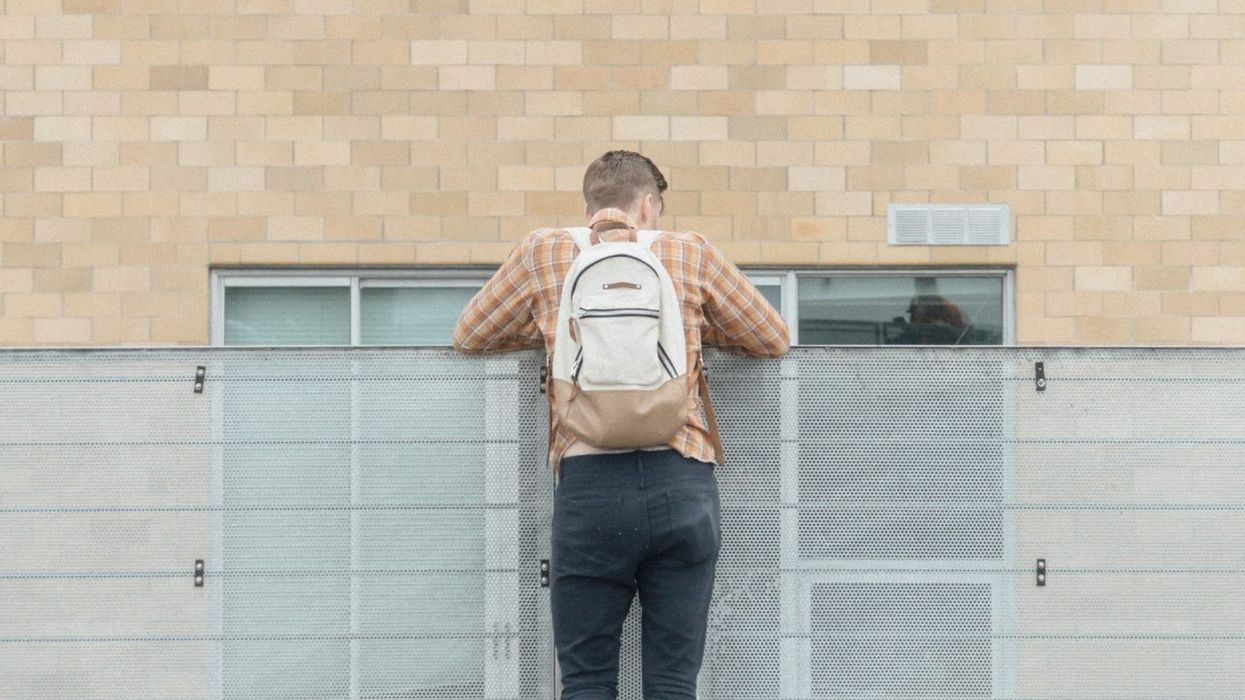International students impact the Canadian economy with a huge boost of cash. Since the beginning of 2019, foreign study permit holders have contributed over $21 billion. And that number keeps growing.
With this federal election fast approaching, party leaders have been addressing the Canada-wide affordable housing crisis without consideration of building sustainable housing policies for this growing group: international students. Too often the blame for the housing dilemma has been offloaded onto foreign buyers.
READ: Housing Affordability Is A Major Election Issue For Canadians
While they certainly play a role, no one is recognizing the huge impact of the 435,415 students who study in Canada each year (this number is estimated by the Canadian Bureau for International Education (CBIE). In fact, the number of students from abroad studying at Canadian universities and colleges has climbed 119 per cent between 2010 to 2017.
An earlier report from CIBC estimated that Canada is short approximately 300,000 housing units because international students are not counted as ‘residents’ when data is collected on housing.
READ: Nobody’s Home: Vacant Real Estate On The Rise In Canada
While more than 50 per cent of Canada’s international students come from China or India, the bulk of them choose to study in the country’s busiest cities – Calgary, Toronto, and Vancouver. Now the federal government will be increasing its recruitment strategies to include countries such as Mexico, Colombia, Brazil, Vietnam, the Philippines, Indonesia, Thailand, Morocco, Turkey, France and Ukraine in an attempt to diversify the student body.
The problem is – no one is building housing for them, and this pushes them into the regular rental housing sector.
“These incoming foreign students need somewhere to live, and with the increased population growth, there will be pressure on the housing market in university towns,” said a recent report from the Real Estate Investment Network. The study also noted that landlords tend to price their properties higher in the neighbourhoods that surround colleges and universities, simply because they know the demand for housing is so high.
READ: September Sees Sales And Price Growth Across GTA Markets: TREB Report
And students are having an increasingly hard time finding vacancies – and when they do, they’re not affordable. At Queen’s University in Kingston, Ontario, for example, the apartment vacancy rate sits at just 0.6 per cent.
Meanwhile, the University of British Columbia has seen international enrolment climb nearly 60 percent in four years and it now has 16,000 international students (in total they represent a quarter of the university’s enrolment). While this is great for the university’s bottom line, the influx of students inevitably strains the local housing market.
READ: More Than Half Of Canadians Are Living Paycheque To Paycheque
“The sense that international students have of Canada is that it’s a place that is committed to the idea of global citizenship, and that resonates deeply with this generation,” said Murali Chandrashekaran, UBC’s vice-provost, international. Even the Minister of International Trade Diversification, James Carr, touted the huge benefits of international students, saying they help to stimulate innovation within industries and develop cross-cultural competencies.
“These incoming foreign students need somewhere to live, and with the increased population growth, there will be pressure on the housing market in university towns,” said a recent report from the Real Estate Investment Network, which found that rents and house prices are higher nearer to universities and colleges, all other things being equal.
READ: First-Time Home Buyers Incentive Limits Torontonians To Buying Condos
The dark side of this issue has left many students experiencing outright exploitation. Some students in the Kitchener-Waterloo area have seen leases cancelled without warning, while other students are forced to live in substandard living conditions.
But investors won’t fund purpose-built housing for a population that isn’t accounted for in the data. The first step is proof of life.
Canada needs to build up its housing supply for international students at the same rate it takes their money.





















